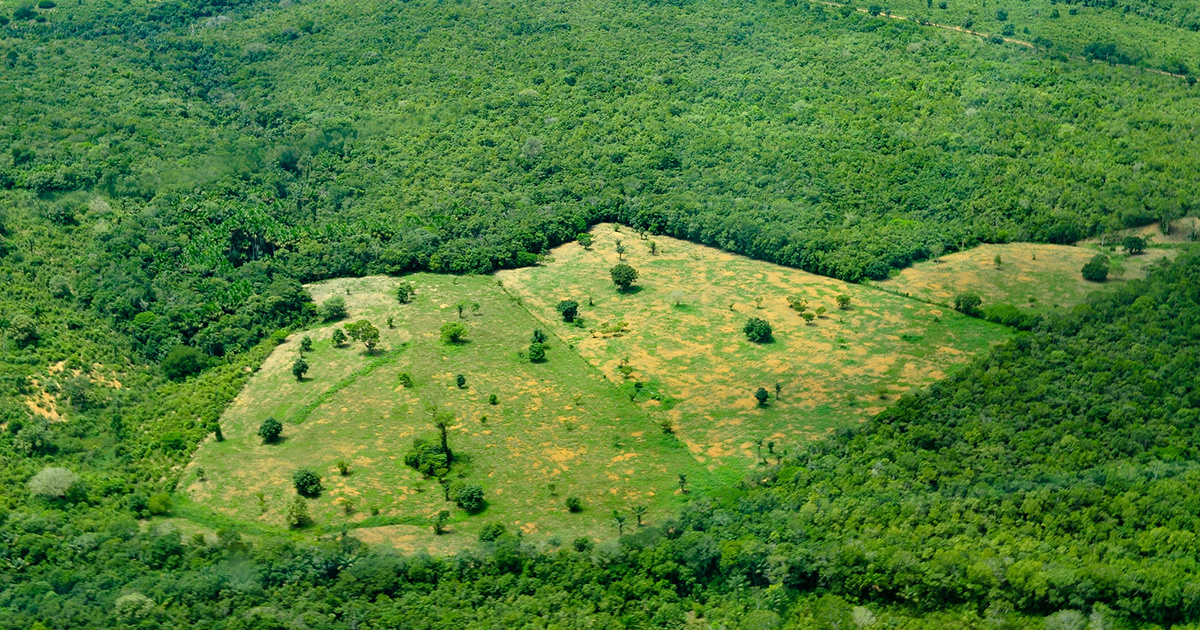

Aerial view of the Amazon rainforest, near Manaus the capital of the Brazilian state of Amazonas. Neil Palmer / CIAT / Flickr / CC BY-NC-ND 2.0
Right-wing Brazilian president Jair Bolsonaro’s administration has pushed pause on monitoring industry in protected areas of the Amazon, the New York Times reports.
An analysis of public records by the Times shows that enforcement actions, like fines and warnings against loggers, ranchers and miners illegally operating in the Amazon, have dropped by 20 percent since the Bolsonaro administration took power seven months ago. Over that same time period, government figures show the Amazon has lost more than 1,330 square miles of forest cover — a nearly 40 percent increase from 2018.
The Times report comes as Bolsonaro has raised his rhetoric on the Amazon in recent weeks, calling the government’s own deforestation figures “lies” last week and telling foreign journalists “the Amazon is ours, not yours.”
Jair Bolsonaro promised to cut back environmental rules before becoming president, calling them an obstacle to economic growth, despite warnings from around the world that his policies could lead to losses of one of the planet's most important resources https://t.co/b7X1VMkytF pic.twitter.com/axcYW3UzFv
— The New York Times (@nytimes) July 28, 2019
For a deeper dive:
News: New York Times
Commentary: The Guardian editorial, Bloomberg, Mac Margolis op-ed
For more climate change and clean energy news, you can follow Climate Nexus on Twitter and Facebook, and sign up for daily Hot News.

 233k
233k  41k
41k  Subscribe
Subscribe 